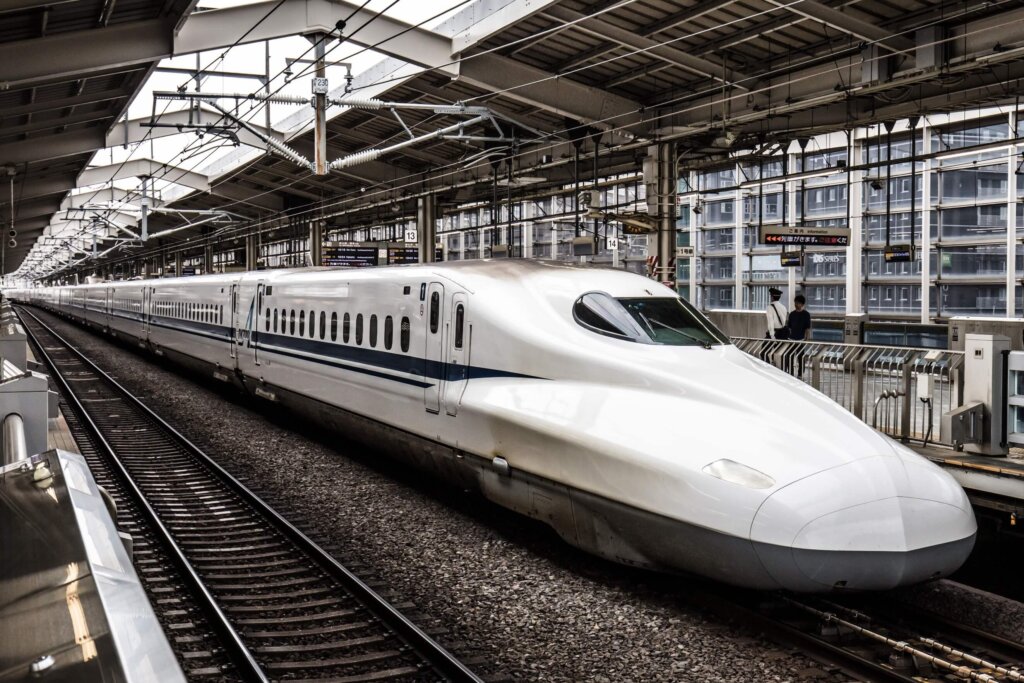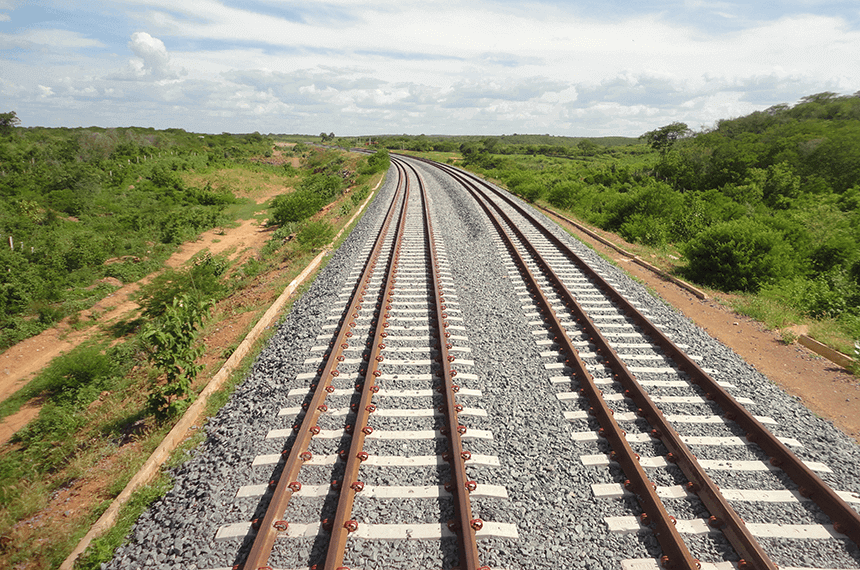
High-speed train in Brazil: reality or future?
Technology, in recent years, has acted in different ways and in different sectors, including the model of rail transport. Processes and services in general are improved with the implementation of technologies, and the question that remains in the air and is widely discussed in Brazil is: High-speed train in Brazil: reality or future?
Well, we know that today's society demands speed and solidity in services provided by all segments, whether in production, trade or transport of cargo and people.
The population increasingly buys private vehicles to make it easier to travel through cities, reducing travel time.
In the absence of its own vehicle, transport services, such as trains, are the most viable solution, and it is normal for the population to clamor for faster, safer and more efficient vehicles.
In this sense, will we soon see the implementation of a high-speed train in Brazil, as it already exists in various parts of the world, or is this project just a projection for the future? Well, that's what we'll see in the following article.
Content Index
What is a high-speed train?

To put it in context, it is important to explain what the High-Speed Train, also known by the acronym TAV, is about and how it works.
As the name implies, a TAV is a train model that seeks to have a much higher speed than the train models that we are used to following in our daily lives and also on the country's cargo rail networks.
This high speed is achieved by a series of issues, such as the functioning of the train, the assembly of the rails and the systems that are used to ensure greater efficiency and power for the vehicles.
In relation to the tracks and the formation of the tracks, which make all the difference, the trains we know have to continually face sharp bends and maneuvering, which make the trains have to slow down. In the projection of implementing a high-speed train in Brazil, the novelty and difference is that the tracks will be continuous and straight, without this variation that causes speed to be reduced.
In addition, the TAVS tracks do not have seams, which are important parts for the composition of the tracks of current trains, which are parts that hinder the continuous flow of trains.
The system for trains to reach such speed, which are similar to those used by different countries in the world, is based on the use of a system with steel wheels and rails, powered by electricity. However, this is just one of the system options, and there is no guarantee that it will be chosen for the high-speed train in Brazil.
Furthermore, MagLev technology is also an option. This system makes the trains “levitate” through the use of magnets, preventing the trains from coming into contact with the rails. In this way, without friction, the train is capable of reaching great speeds, much higher than what we are used to, reaching up to 430 km/h.
Investment required by the project

We know that here in Brazil things take time to happen. Projects that are created turn and move suffer from stoppages due to costs or government wishes, which change every 4 years.
The project to implement the high-speed train in Brazil has a high cost of investment, being the most expensive project of the Brazilian government's Growth Acceleration Program (PAC). .
The high-speed train project in Brazil began to be thought of during the Lula government, in 2004, but still very timidly.
In 2009, discussions intensified and the first project, between Campinas and Rio, passing through São Paulo, began to take shape. At that time, the idea was for the project to be ready to host the World Cup in Brazil in 2014.
In 2012, the National Land Transport Agency (ANTT) estimated that one of the projects, the TAV between Campinas and Rio, with a stop in São Paulo, would already be in operation by June 30, 2020, being the deadline for planning the government.
The big problem for the implementation of the project was precisely the costs. When the project was conceived in 2009, the estimate is that the total costs were 15 billion dollars, representing more than 75 billion reais at the current price.
With this high cost, in line with the constant recessions and economic crises that Brazil is facing, the high-speed train project in Brazil is no longer a priority and has not yet left the paper.
Perspective of implementation of the high-speed train in Brazil

The main challenges faced for the implementation of TAV projects in Brazil are precisely the costs and lack of priority. With the dollar hitting a record and the major crises faced by the government resulting from the Coronavirus pandemic in 2020 and 2021, this idea does not present itself as very viable nowadays.
In order for it to be implemented, it is necessary that new investment wheels, essentially from the private sector, take shape. the challenges encountered so far, because it has not yet been implemented and news in new rounds of investments, possible companies that would take over the works and new dates.
For a long time, the idea ceased to be a full priority and ran out of steam. However, in 2019, a possibility of investment coming from China helped the project to be remembered by the current government. However, the project was not taken forward due to lack of partnerships and incentives.
Thus, the future of high-speed trains in Brazil remains unknown. During the Bolsonaro government, infrastructure minister Tarcísio Gomes de Freitas has already stated that the progress of the project depends solely and exclusively on a financial contribution coming from the private sector and that the government will not treat this project as a priority.
With that, we can still see this debate resurface in the coming years and decades. Without knowing how Brazil will adapt financially to continue this plan, it is not possible to say how long the projects will be completed and if so.
Planned Lines
Finally, it is worth highlighting some important points of high-speed train projects in Brazil. This service, planned since 2009 by the Federal Government, assigned to the EPL (Planning and Logistics Company), had the idea of assembling 4 main lines of high-speed trains.
All high-speed lines would have the function of connecting nearby and important cities in different Brazilian states. The 4 projects are:
- TAV Rio-São Paulo;
- TAV Brasília-Goiânia;
- TAV Belo Horizonte-Curitiba;
- TAV Campinas-Triângulo Mineiro.
Each of the high-speed trains in Brazil would connect these cities, and would pass through other municipalities. On the Rio-São Paulo route, for example, the final destination would be the city of Campinas, just passing through the capital of São Paulo, having about 998.1 km in length.
All projects are at a standstill and with no forecast for continuity. In the meantime, it is important to follow up on the next resolutions from governmental instances, especially from the Ministry of Infrastructure of the Country, to find out if the lines will actually be built or not.
Conclusion
As we have seen, the project to implement high-speed trains in Brazil still suffers from problems. Despite having already started to be planned years ago, the lack of investment and the high cost of implementing the technologies on the lines made it difficult for the projects to proceed and, so far, there is no concrete perspective that they can be completed.
Searchs:












